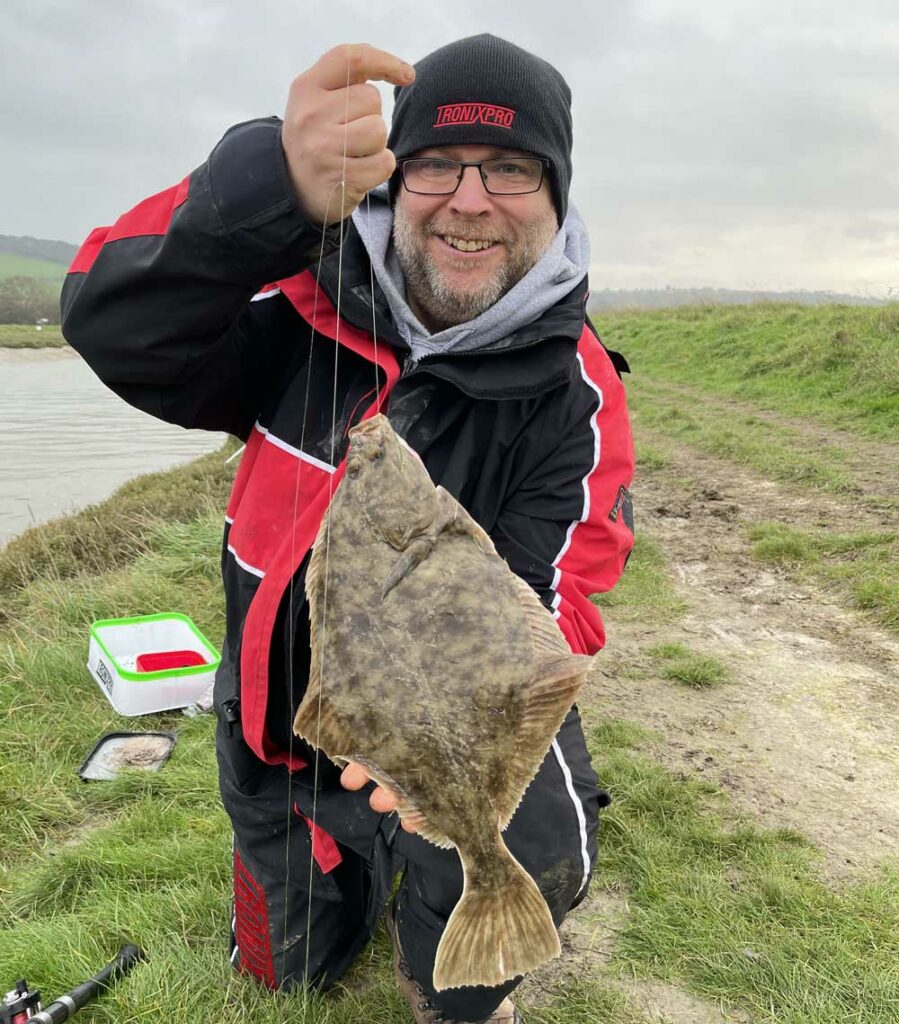Flounder are one of our most popular fish, often because they’re the first fish we ever catch when beginning this angling adventure. They are an obliging fish happy to feed day or night, and in varied weather and sea conditions, and throughout the year. Their numbers are also relatively stable in most areas, making them the ideal target for a day’s fun fishing.
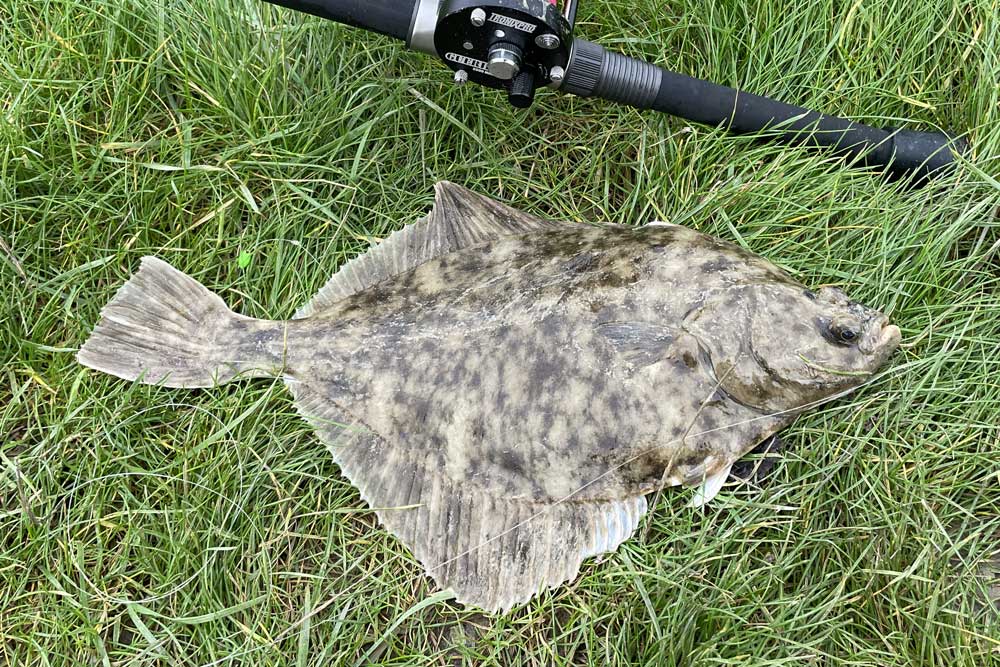
For the more serious anglers the specimen weight is 2lbs, but generally a 1.5lb fish off the shore is classed as a good flounder. 3lb fish are always possible, especially from the west Wales estuaries, the southwest estuaries, and in more remote places such as Orkney and the Scottish harbours and beaches.
Flounder Fishing Season
As mentioned, they can be caught everywhere throughout the full 12-month period, but the peak season for flounder is from June to February. The summer months to September sees them feeding heavily and gaining weight. By September, they are back to their prime condition. The bigger flounder tend to be caught in the late autumn and especially either side of Christmas through to the end of February or so, just before moving out to deeper water to spawn. The first spawned out flounder return usually in March with numbers building through to June.
Smaller juvenile flounder remain inshore right through the winter and spring period.
Habitat
They favour the main channels and side creeks of small and middle-sized estuaries, with the bends in the channels and creeks where deeper holes are scoured out by the tide being especially good. They also like the steeper edges of the channels where It's muddy with rocks and weed for added cover.
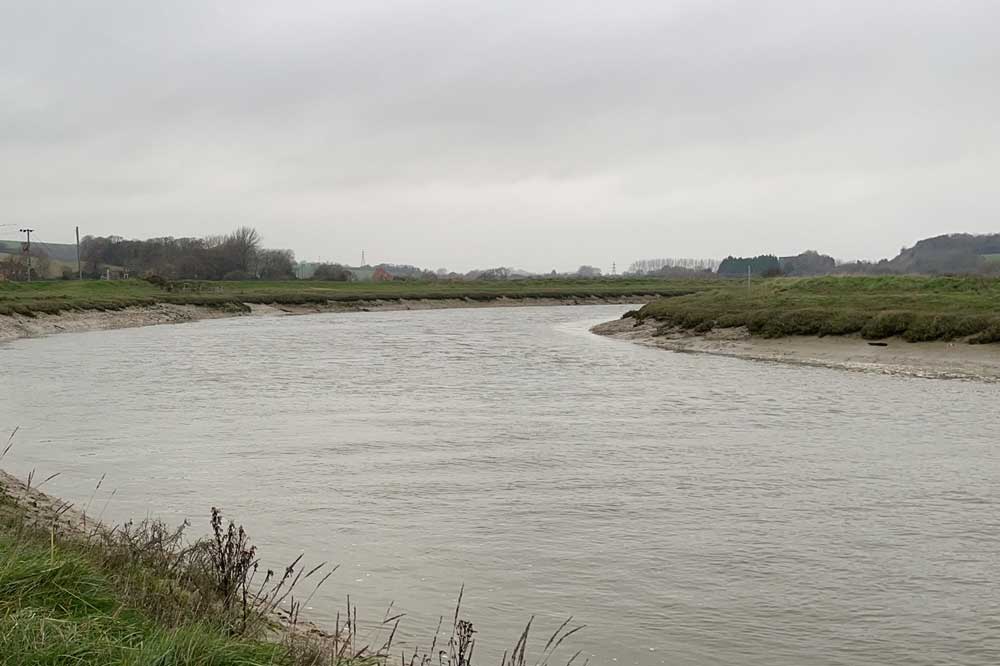
In harbours, expect to find them again in any boat access channels, but also up tight to harbour walls, breakwater rocks and even close to mooring anchors.
On beaches, they move in with the new flood tide, often hugging the tide line just a few yards out. Bigger fish will move inshore in increments and sit in depressions in the sand, but also like to investigate gutters and channels that run parallel along the beach, as these will bring and hold food drawn in by the tide flow. Bigger flounder are regularly found close to seed mussel beds and sit on clean patches of sand among more bouldery ground. Another good area to try is where cliffs or rocky ground is found in the corners of beaches.
Weather and Tides
For general fishing, a light surf on the beaches with winds off the sea to Force 4 are ideal for flounder, typically working tight to the tide line. In the late autumn and winter, bigger fish can be caught in much rougher seas, but they stay out in deeper water holding well behind the main breakers and longer casts will be needed to reach them.
In the estuaries, the best fishing is during periods of more settled weather with little rainfall. The flounder will be widespread in all the channels, creeks and even found well upriver beyond the freshwater divide line. When heavy flood water is evident, the flounder move back into the main channel and can go off the feed until the flood water runs off, and more natural conditions resume.
The new flood tide is always the trigger for the flounder to start feeding, both on the beaches, and in the estuaries. You’ll catch fish as the flood tide starts to flow, but it’s the middle hours of the flood when the fish feed best before slack water returns, and bites ease back. Some fish will still feed on the ebb as they drop back with the tide, but not in the same numbers.
They feed well in daylight, especially if the water is carrying a tinge of colour and suspended sediment to cut the light levels down in the shallower water. On the beaches, a night tide with the first of the flood in the dark usually gives the very best fishing.
Tackle
For general beach fishing, a lighter rod around 13’ in length and rated to cast 3-6ozs will cover all situations, such as the Tronixpro Banzai Light. Couple this with a size 7000/8000 fixed spool reel like the Banzai FS8000 loaded with 20 to 30lb of X8 Power Braid and a shock leader for a balanced outfit. An alternative reel is a 6500 sized multiplier loaded with 15/18lb line and shock leader.
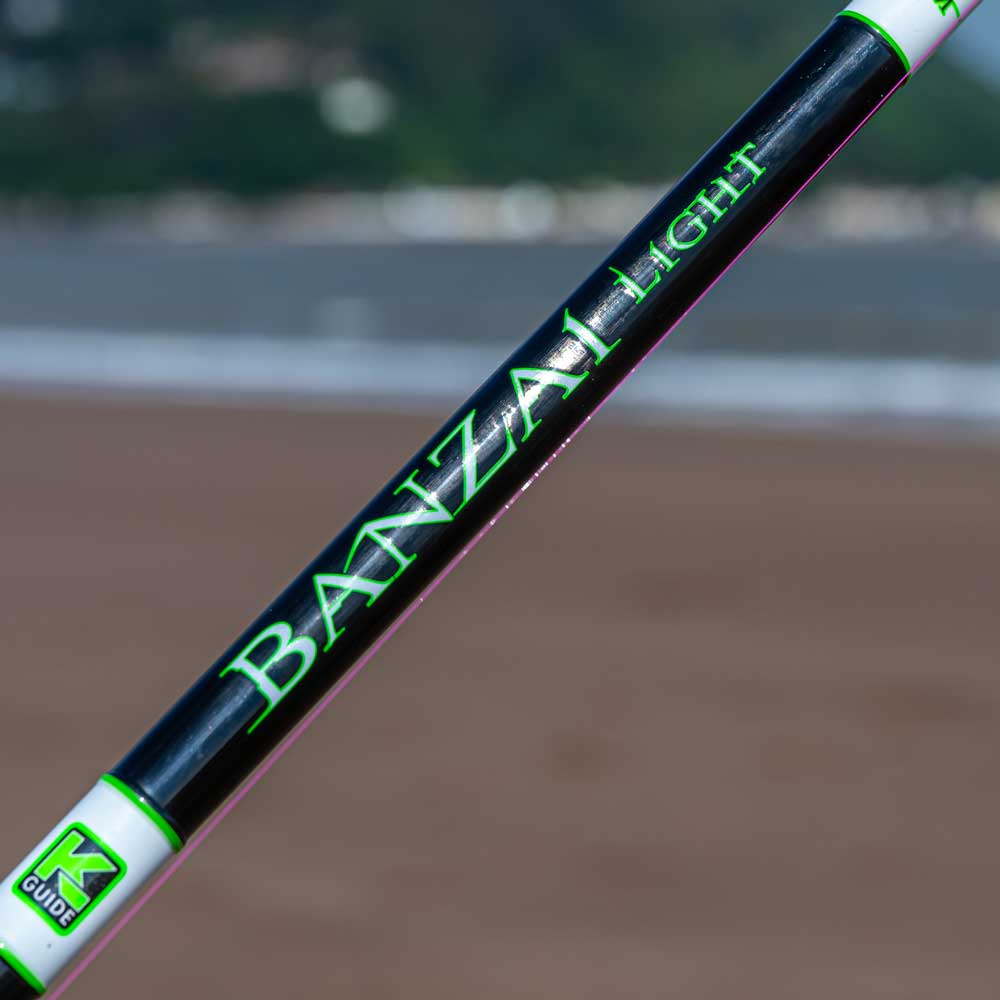
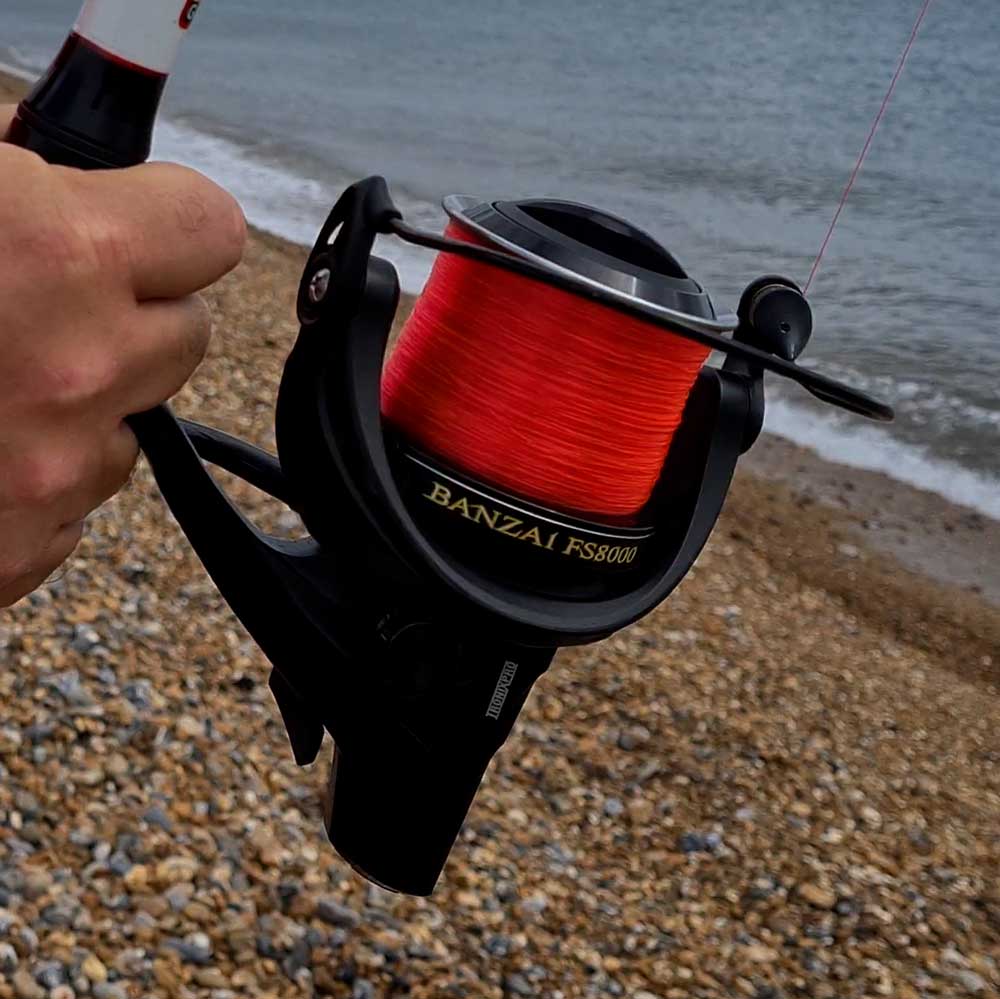
In calmer conditions and inside estuaries, consider the Tronixpro Banzai Bass casting 2-4ozs. This can be fished with a smaller 5000 sized fixed spool reel like the Tronixpro Virtuoso Air loaded with 20lb braid and 40lb leader, or again a 6500-multiplier armed with 15lb mono and a light 30lb to 40lb shock leader.
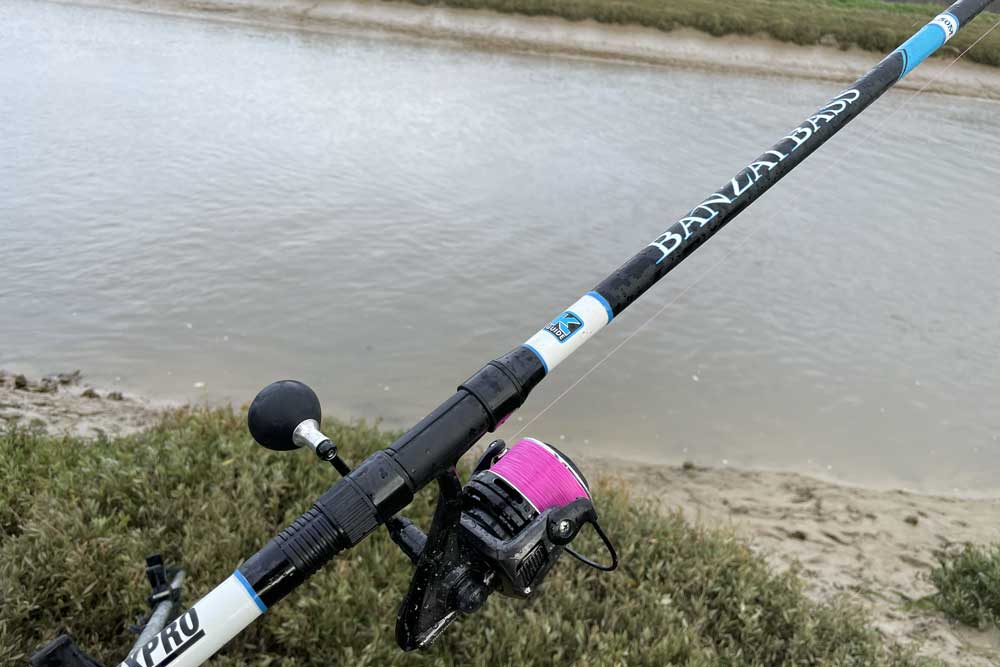
Gaining popularity are multi-tipped rods (read more about these in this blog) such as our Tronixpro Banzai Multi-Tip and even the Banzai Mullet. These rods allow you to switch out the tip sections to match the fishing situation and can be great fun when fishing for flounder.
For surf fishing, a 3-hook flapper rig with the lowest hook snood positioned directly above the lead link spreads the baits creating a wide scent trail and keeps at least one hook hard on the seabed when fishing a tight line. Hooks sizes should be size 4 to 2 Tronixpro Aberdeen or T31 Fine Surf. Hook lengths should be 15-inches of AXIA Fluorocarbon for general fishing, but in calmer seas and a light surf, increase the length to 18-inches.
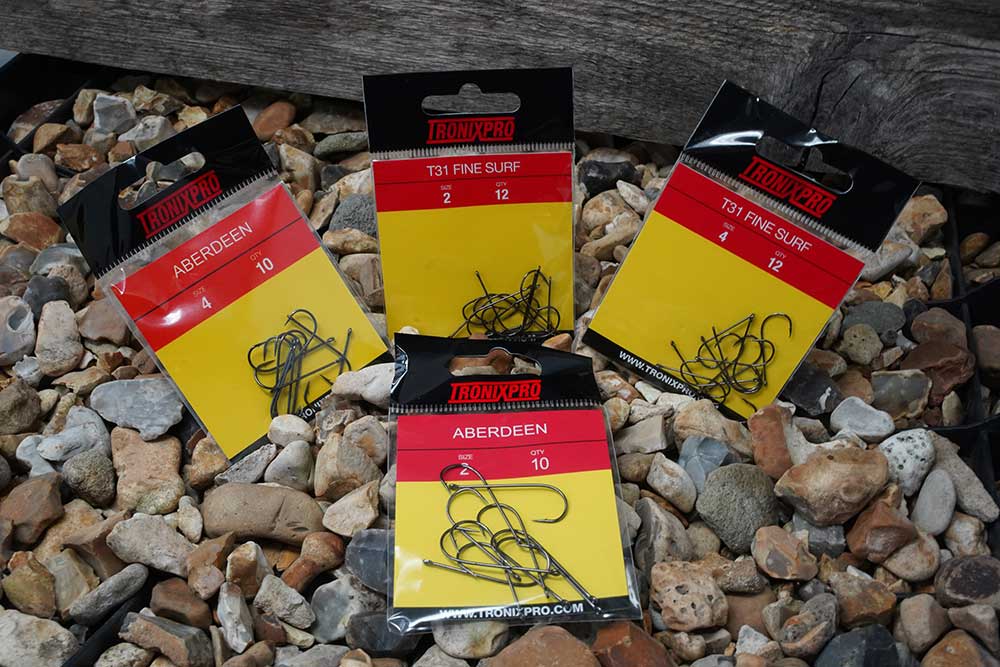
The same rig can be used in deeper estuary channels, but in the shallow creeks, switch to a 2-hook flapper with the lowest hook length again tight behind the lead link. When targeting bigger estuary flounder, a simple sliding ledger rig works better. Have a swivel link sliding on the leader stopped by a 5mm bead and then tie on a size 4 Tronixpro Rolling Swivel. To the swivel, tie on 18 to 24-inches of 15lb Fluorocarbon, then add a size 2 Tronixpro Aberdeen or T31 Fine Surf hook.
Flounder Baits
Peeler crab is the number one bait when estuary fishing and when fresh for the full 12-month period, if you can buy or pick it. Also, blow lug and maddie rag, mussel and small sections of razorfish are good baits. Ragworm is a marmite bait, fair in some areas, poor in others.
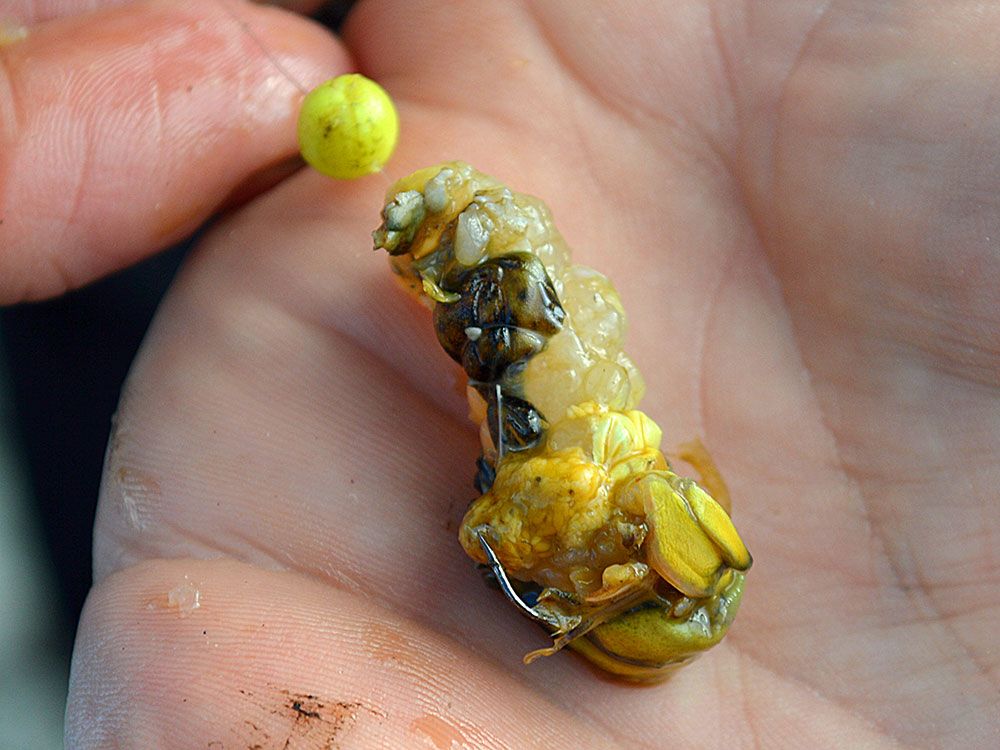
On the beaches, black or blow lug work well, as will razorfish and mackerel strip. Mackerel strip is a great autumn and winter bait, with the bigger fish having a liking for black lug tipped with crab, squid, ragworm, or razorfish.
Use just enough bait to fill the hook shank and bend, but leaving the hook point well clear. You can often get a flounder to take the hook end by adding a couple of peeled crab legs or adding a small square of mackerel to add an alternative scent.
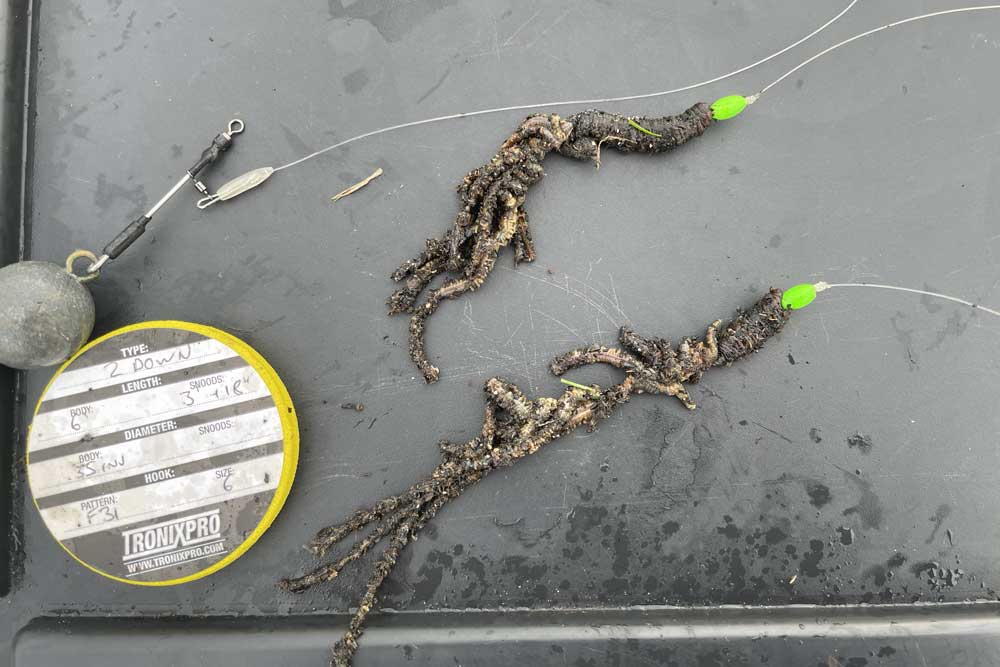
Tactics
When fishing estuary channels and creeks, use a lead weight that the tide flow can slowly swing round towards the bottom edge of the creek side. The flounder love a moving bait, but this simple travel by tide method covers much more ground and helps you find individual or smaller pockets of fish. This is why the longer trace on the sliding ledger rig works so well.
Switch to the 3-hook flapper with a release grip wired lead for the deeper water channels and when fishing harbours etc. The extra baits increase the scent trail and will help the flounder home in on your baits.
On beaches, grip leads are best for general fishing in a steady surf, but release two or three feet of line to create a slight bow in the line. This puts all three baits hard on the seabed where the flounder are feeding. Watch the bow in the line for lift bites, which are obvious as they are far more animated than surf action on the line.
In calmer seas, drop your rod tip as low as you can and fish it parallel with the tide line with the line at 90-degrees. A tight line is better when fishing like this and will enhance bite detection.
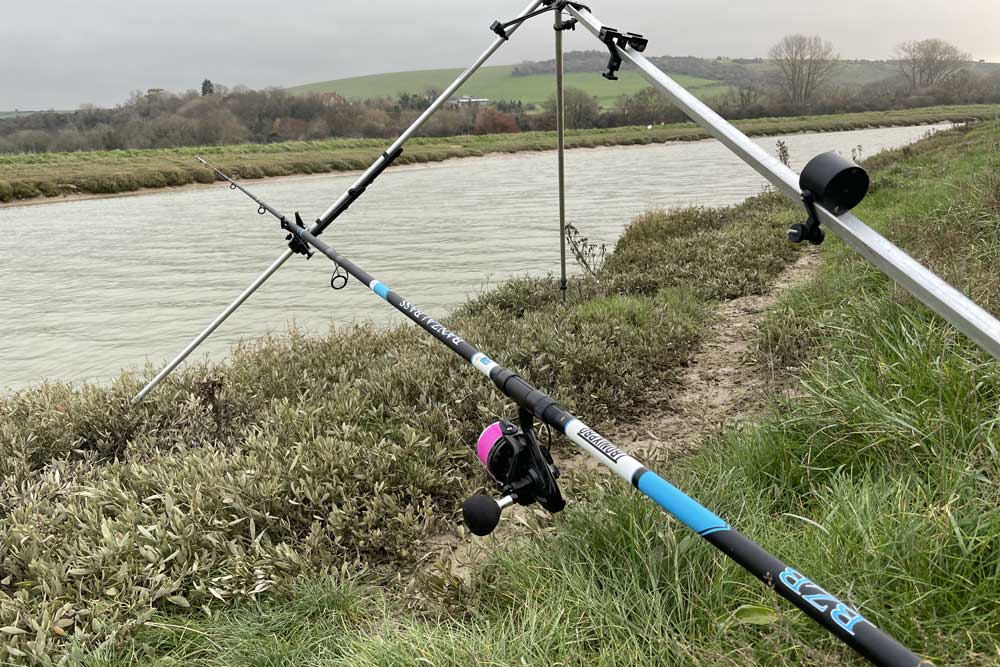
Resist the urge to cast too far. The bulk of the flounder are within 50-yards of the surf line, often within 5 to 20-yards. Short casts will catch you far more flounder!
One thing to try is that when you rebait your hooks, flick any old bait into the edge of the tide. This will wash out with the undertow and create a small groundbait trail that will pull flounder into the area close to you.
When bites are slow, again drop to a much lighter lead that the tide can swing round with tidal pressure on the line. Using the clock face, if you cast to 1pm, let the tide roll the lead round in an arc until it reaches 3pm. This covers a huge amount of ground, and you’ll frequently find that your lead will naturally come to a stop. If it does, leave it! It suggests the lead has washed into a depression or gutter, and this is the perfect place to get a flounder bite.
